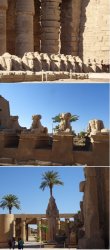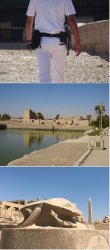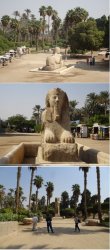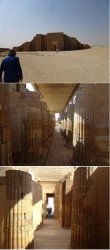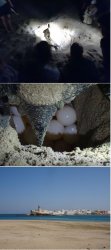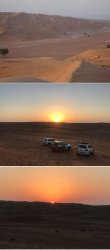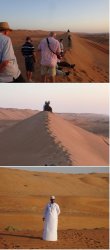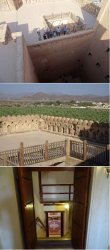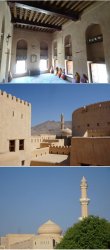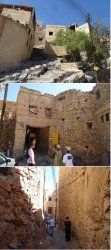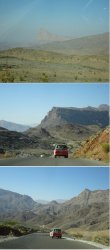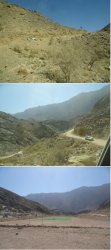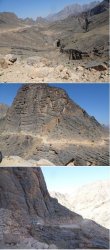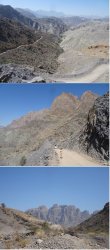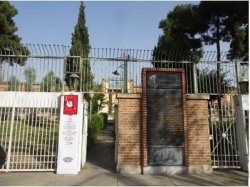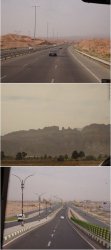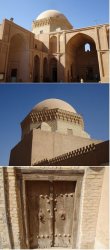Continuing SE through the characteristic desert towards Yazd, stopping en route at Na’in to visit the early Islamic period Masjed-el Jameh, a so-called ‘Friday’ mosque. As I understand it, the ‘Friday’ or ‘congregational’, mosques are those that formed part of a more general social and commercial hub – along the lines of a civic centre with the mosque as a centrepiece. This mosque was constructed in the 10-11th centuries and was one of the first mosques built in Iran.
The minbar is the ornate carved wooden platform from which the imam (leader of prayer) addresses the congregation, behind which is the semi-circular decorative mihrab, the niche that indicates the direction to Mecca, and there was an extensive underground prayer hall. Adjacent buildings included our first of many encounters with badgirs (windtowers or windcatchers), which come in a variety of configurations (uni-, bi- and multi-directional) to funnel the wind, including sometimes down across the water flowing in qanats (water channels) below buildings to create cooling ventilation.



The adjacent Pirnia House Ethnographic Museum was an ancient rich merchant’s house. The dome provided us with our first explanation of ‘squinches’ – essentially repeated, tiered curved triangular construction elements filling in the upper angles of a square room to form a base to receive a hemispherical dome.

Yazd is the centre for Iran’s small Zoroastrian community. Zoroastrianism was the main religion in the region before the Arab conquest brought Islam. Zoroastrianism was one of the first religions to postulate an omnipotent, invisible god. They pray to the god in the direction of light. As the only light the ancient people controlled was fire, so they created temples to keep a flame burning eternally.
Zoroastrians also believe in the purity of the elements, so bodies were not buried because they would pollute the earth, nor cremated because they would pollute the air. Instead, the dead were exposed in ‘towers of silence’ where the vultures had a picnic. The first place visited was the Dakhma Towers of Silence.
There are two ‘towers’ – the newer one directly in front with easy steps and an older and higher one to the left with a track to the top – including the intrepid
RooFlyer striding out to conquer it. Two windcatchers over an ancient water cistern can also be seen. Views from the top of the older Tower, including our hotel in the mid-ground.



Yazd is a beautiful city. Some street scenes on the way to the Zoroastrian Fire Temple, with the Zoroastrian multiply-symbolic Fravahar winged symbol and its flame behind glass and reputedly burning since about 470AD.










